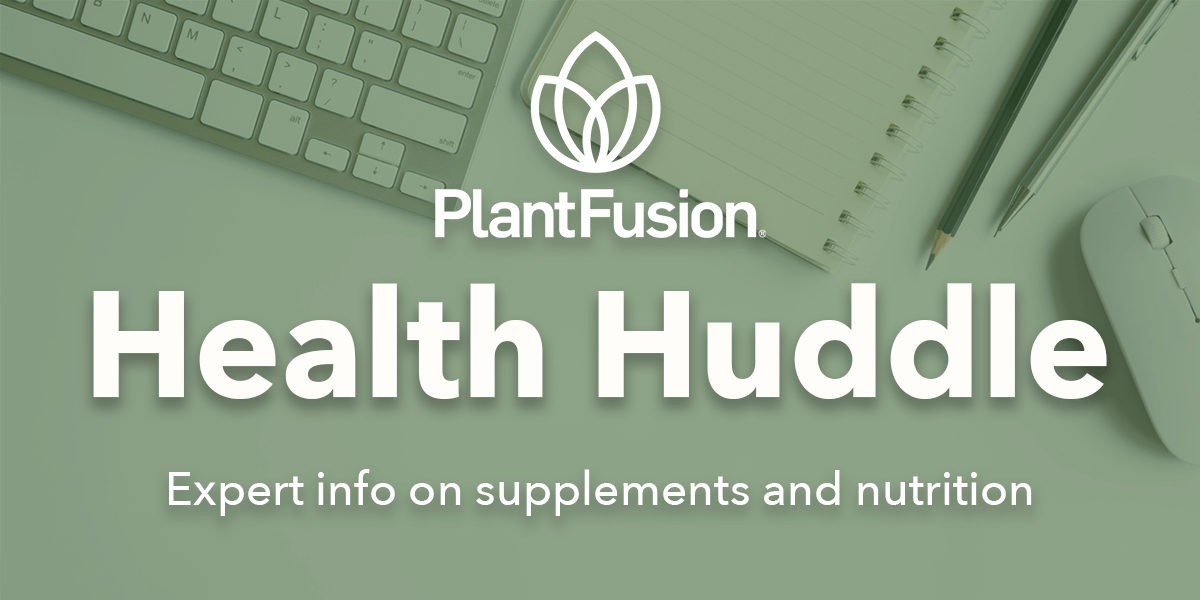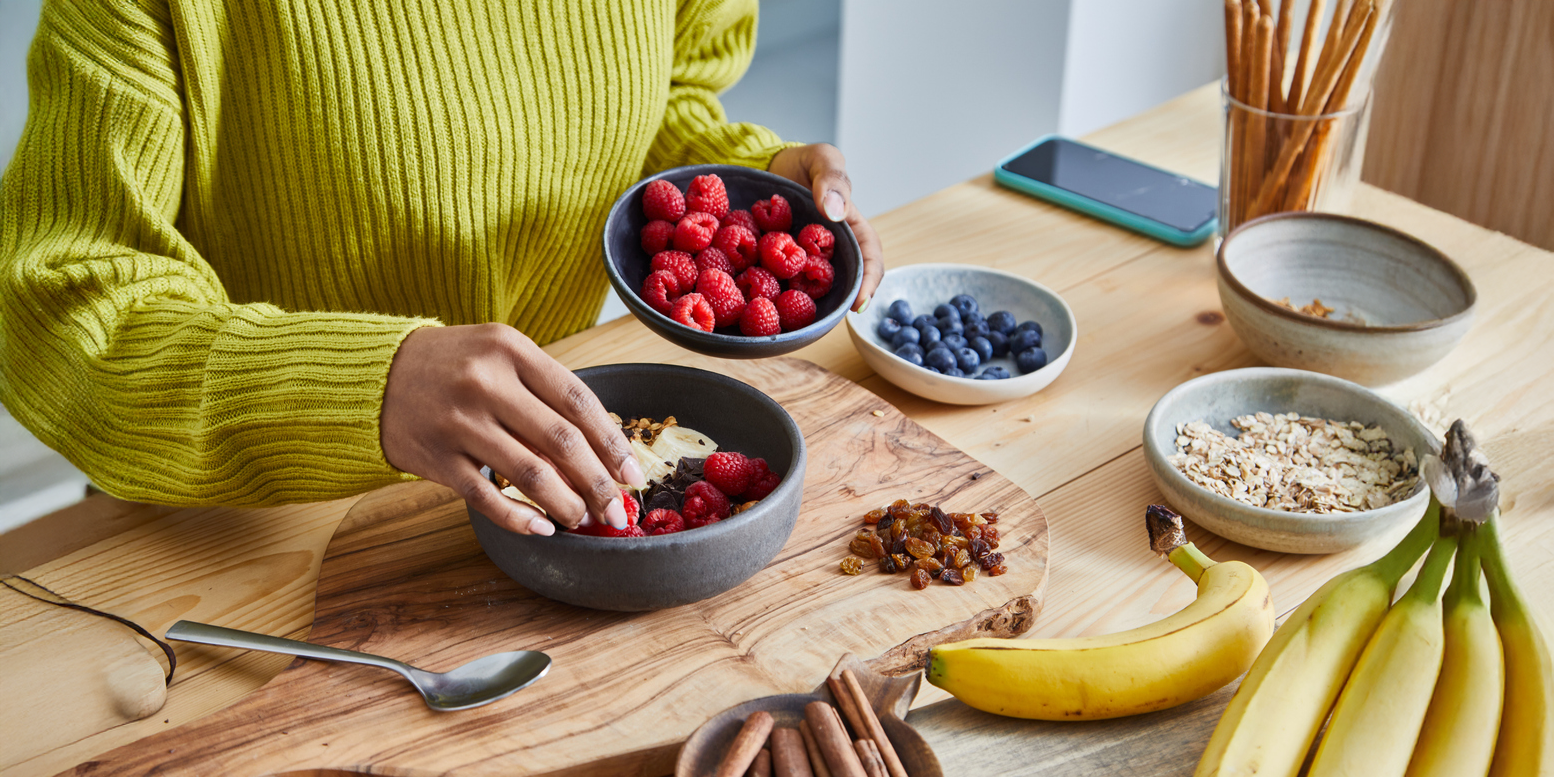The first Earth Day held in the United States was on April 22, 1970. A Wisconsin Senator named Gaylord Nelson was inspired by the anti-war movement, the negative impact of industrial pollution on the environment, and interestingly, "hippies!" This group of people felt a deep connection with our planet, which they called "Mother Earth," and passionately advocated for peace, love, and community. They often demonstrated their values of conservation and harmony with the Earth by living in communes or tents, and by eating vegetarian diets based on foods they would grow themselves.
These days, however, bellbottoms are out – skinny jeans are in – and about half of U.S. consumers have said they are "definitely or probably changing their consumption habits to reduce the impact on the environment."
Certainly, we have seen this in the enormous growth of vegan products over the past decade. Just the plant-based meat segment alone is expected to hit $140 Billion by 2029! The top reasons credited with this massive growth today are considered to be animal welfare, health and wellness, and environmental impact.
Along with the mantra of "reduce, reuse, recycle" that present-day schoolchildren are learning, one of the "green planet" buzzwords more frequently heard is sustainability. It's a word that can sound much more complicated than it should, so let's break it down!
What is sustainability?
Sustainability is defined by the Environmental Protection Agency as, "the ability to maintain or improve standards of living without damaging or depleting natural resources for present and future generations." In a nutshell, it means that we are able to meet our current needs for living without compromising the ability of future generations to meet theirs.
There is a relatively well-recognized quote generally attributed as being a Native American saying: "We do not inherit the earth from our ancestors; we borrow it from our children." (Theearliest known source of the quote was actually from a book by the environmental activist Wendell Berry titled “The Unforeseen Wilderness: An Essay on Kentucky’s Red River Gorge”, and it didn't go exactly like that, but it makes the point.)
There are several specific areasunder this broader term that play a role in contributing to the overall goal of global sustainability:
Environmental Sustainability
Sustainable Manufacturing
Sustainable Agriculture
Sustainable Sourcing
Sustainable Food
Sustainable Living
How We Can Live More Sustainable Lifestyles
If we all were to make some small changes to our current lifestyle, we could begin to make some positive steps toward preserving the environment and its resources.
Below are a dozen simple steps we can all take to try to reduce our environmental impact:
-
Shop Local. Purchase from local farmers / farmer's markets where sustainable agriculture practices have been used. Signing up for a local CSA (Community Shared Agriculture) provides financial support and security to these local farmers so they know how much food to plan for and crops do not go to waste.
-
Shop Seasonal. If you don't have a local CSA or farmer's market, shopping for seasonal crops in your local grocery store ensures less distance for produce to travel and a lower carbon footprint. These days most grocery stores have a description of where the fruits and vegetables come from, making these products easier to identify than they used to be.
-
Conserve Energy. There are a number of ways you can save energy at home, including switching off and/or unplugging appliances when not in use, hanging laundry out to dry in the sun, and keeping the heat and air conditioning settings at moderate levels.
-
Reduce/Reuse/Recycle. Limit single-use products, such as plastic cups, and try to reuse as many items as possible before recycling them. This helps to keep trash out of landfills and the ocean, where they can harm wildlife and the environment.
-
Go paperless. Opt-in for digital receipts, bills, magazines, newsletters, and as much other correspondence as possible. This helps to save trees and other plants being cut down to make paper.
-
Buy Fair Trade and Organic. Fair Trade products mean that the products have been produced by a company committed to sustainable production, and Certified Organic means they have been made without the use of harmful pesticides or other chemicals.
-
Drive less.If the weather is favorable, get your exercise in by walking or biking to your destination. You might also consider carpooling or using public transportation to cut down on the number of cars on the road contributing to greenhouse gas emissions.
-
Use Eco-Friendly Cleaning Products. Some cleaning products contain chemicals that can be harmful to the environment. By committing to using green/eco-friendly cleaning products, you can help to prevent these chemicals from having a negative impact on our planet.
-
Use Renewable Energy Sources. We know that not everyone can afford to have solar panels installed on their roof, but it's a great way to conserve energy! Also, if you happen to be in the market for a new car, maybe you could consider one that only uses gas to an electric or hybrid model.
-
Grow Your Own Produce. Just like the “hippies” did! This means that your food (and therefore your body) will be free from pesticides and chemicals, and you will save money on buying these items at the store. You’ll also help reduce the amount fossil fuels used to transport food to your local supermarket.
-
Donate Unused Items. If you don’t use a product or wear a piece of clothing anymore, give it to a charity such as Goodwill, one of the many Veteran's charities, or a friend you know could use the item. Animal shelters are always in need of blankets, towels, or other gently-used items.
- Last, but definitely not least- Eat Less Meat. Jump on the "Meatless Monday" trend, or consider yourself to be a "flexitarian." As previously mentioned, the livestock industry is the second-largest polluter globally, according to a study published in the International Journal of Environmental Research and Public Health in 2019. The same study also noted that farming livestock is the main reason for land clearing, leading to animal and plant endangerment, and even extinction. Even if you don't become a full-fledged vegan or vegetarian, every meal choice that doesn't involve meat can help to reduce the impact the meat industry has on the Earth.
It's important to understand that making efforts toward sustainability doesn’t mean living without any of our favorite luxuries. Indeed, many of the newer, very popular brands have made sustainability a part of their core branding!
The more people who are aware of the resources they consume, try to reduce unnecessary waste, and make small purchasing decisions (such as grabbing the bag of coffee marked as "Fair Trade" over the one that isn't), the more of an impact these combined efforts will have on our health, our future practices, and ultimately, the Earth.
By working together, these small efforts can make a big difference. Happy Earth Day, Everybody!















